Two-way Freshdesk Integration
Sync Freshdesk tickets with multiple platforms like Jira, Salesforce, Azure DevOps, Zendesk, ServiceNow, and more.
Have your teams collaborate across different systems, departments, and companies in real-time.
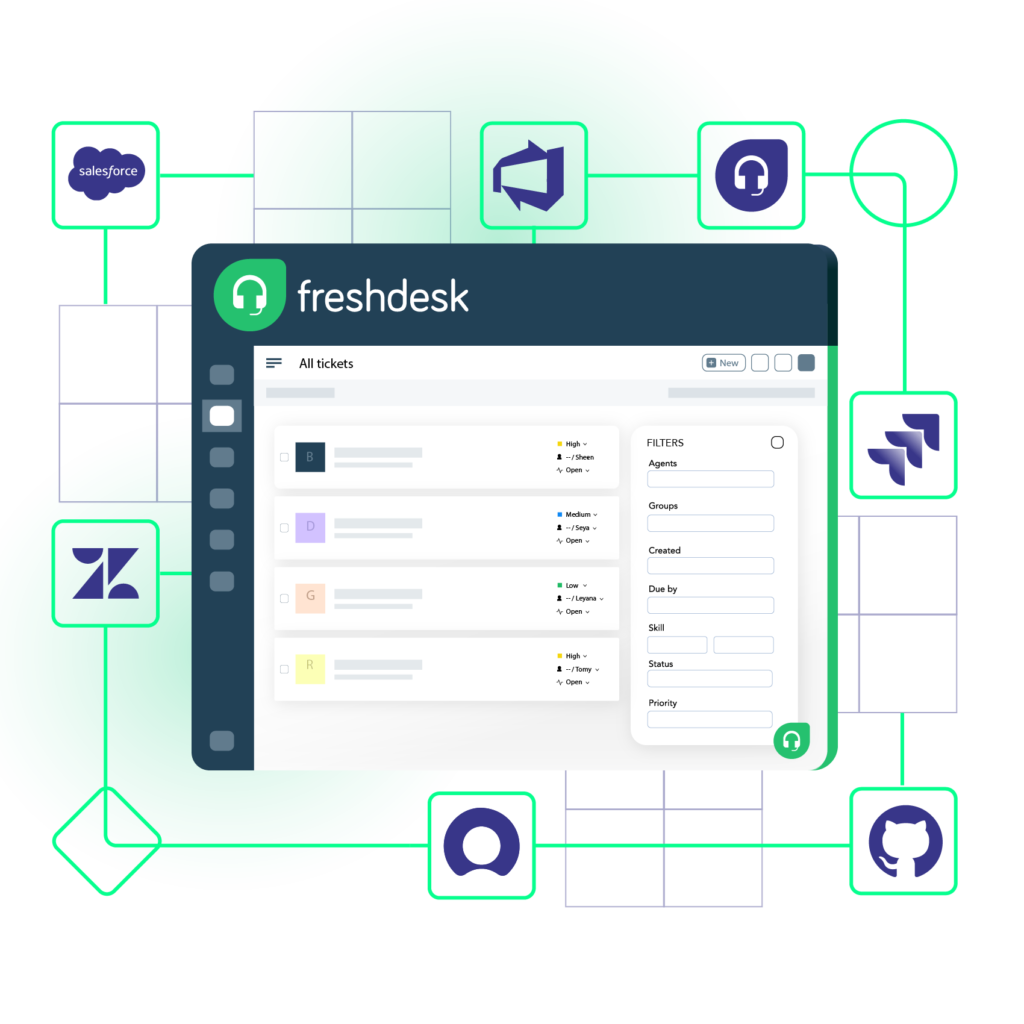




Don’t Switch Between Multiple Apps
Keep your teams, departments, and external partners aligned. Maintain context with every sync.
Keep your service desk data private
Choose what you share with other teams. Remove unwanted access to shared data.
Keep data consistent across platforms
Reduce manual updates between systems. Increase visibility on critical information and keep everyone on the same page.
click on image above to play full video
Get ahead with real-time updates
Stay up-to-date on workflow statuses and never miss a deadline.
Embrace automation for more control
Save time with automatic exchange. Focus on things that matter.







Sync Freshdesk tickets, in real-time
- Get real-time status updates on critical customer tickets
- Sync information uni or bidirectionally
- Improve transparency and reporting across multiple stakeholders
- Error-free data transfers
- Automatic sync restarts after failures
Automate Your Integration
- Customize automatic sync trigger events
- Fine-tune triggers to suit your requirements
- Edit and control sync logic at both ends, independently
Bulk Synchronization
- Connect existing Freshdesk tickets to other platforms
- Sync historical data with entities present in other systems
- Control your bulk operations in an advanced manner
Custom Sync Rules and Mapping
- Customize your Freshdesk integration down to the smallest detail
- Create advanced sync rules, and add conditional data logic, the way you need it
- Maintain text formatting for notes and descriptions. Ensure nothing gets lost
- Escalate customer tickets to L2, dev, IT, or external providers based on custom logic
- Improve reporting and visibility with consolidated ticket-level data
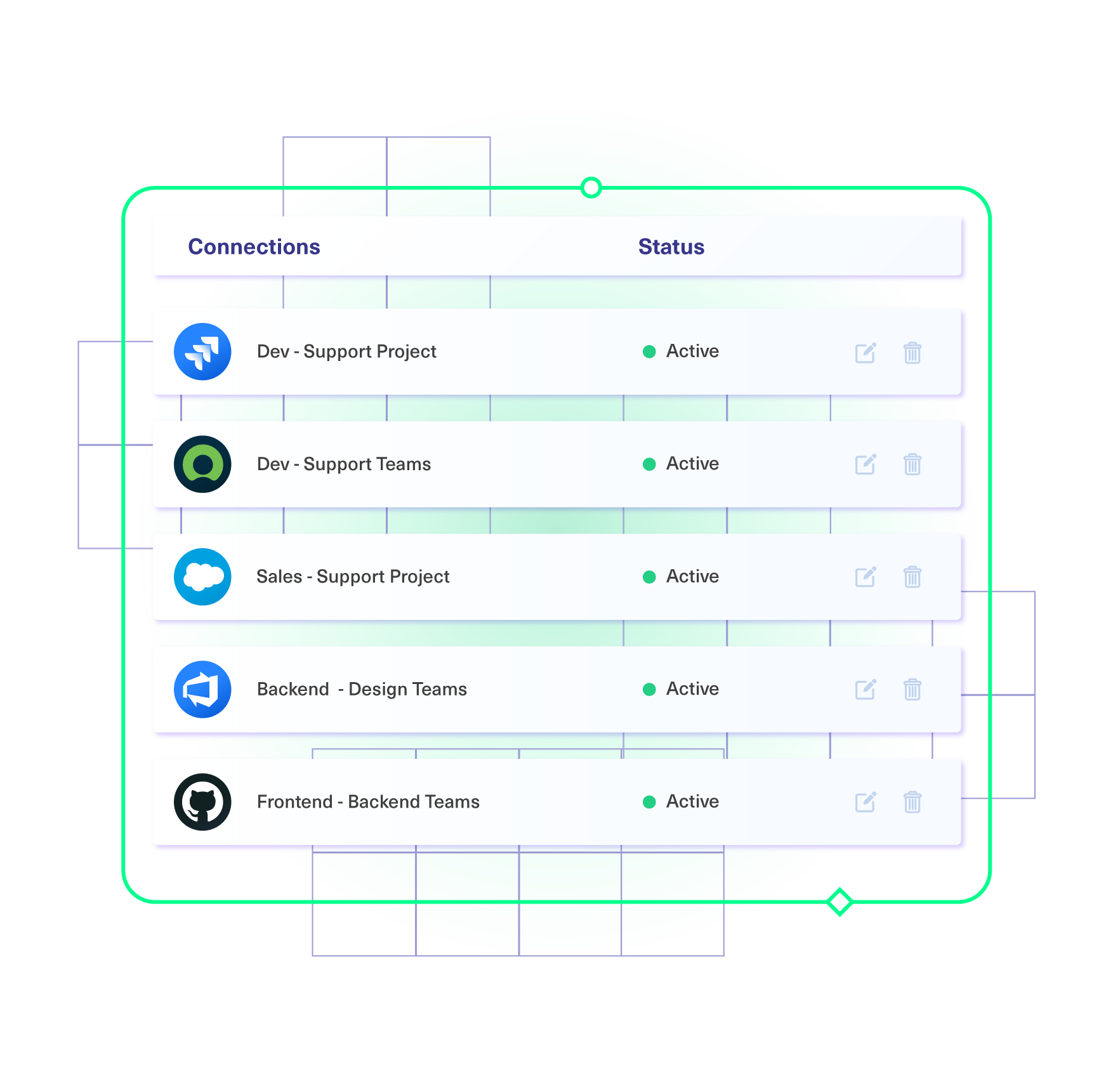
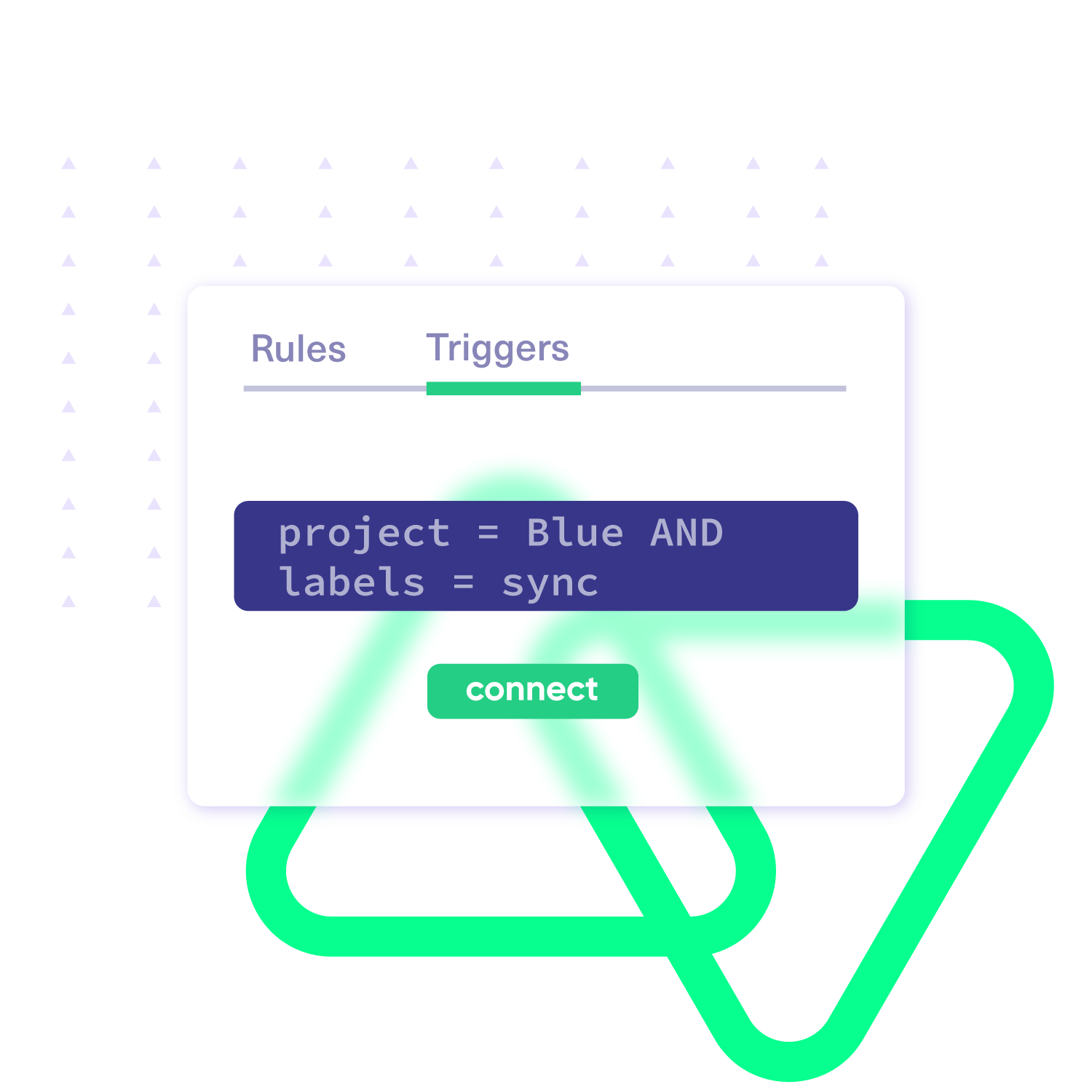
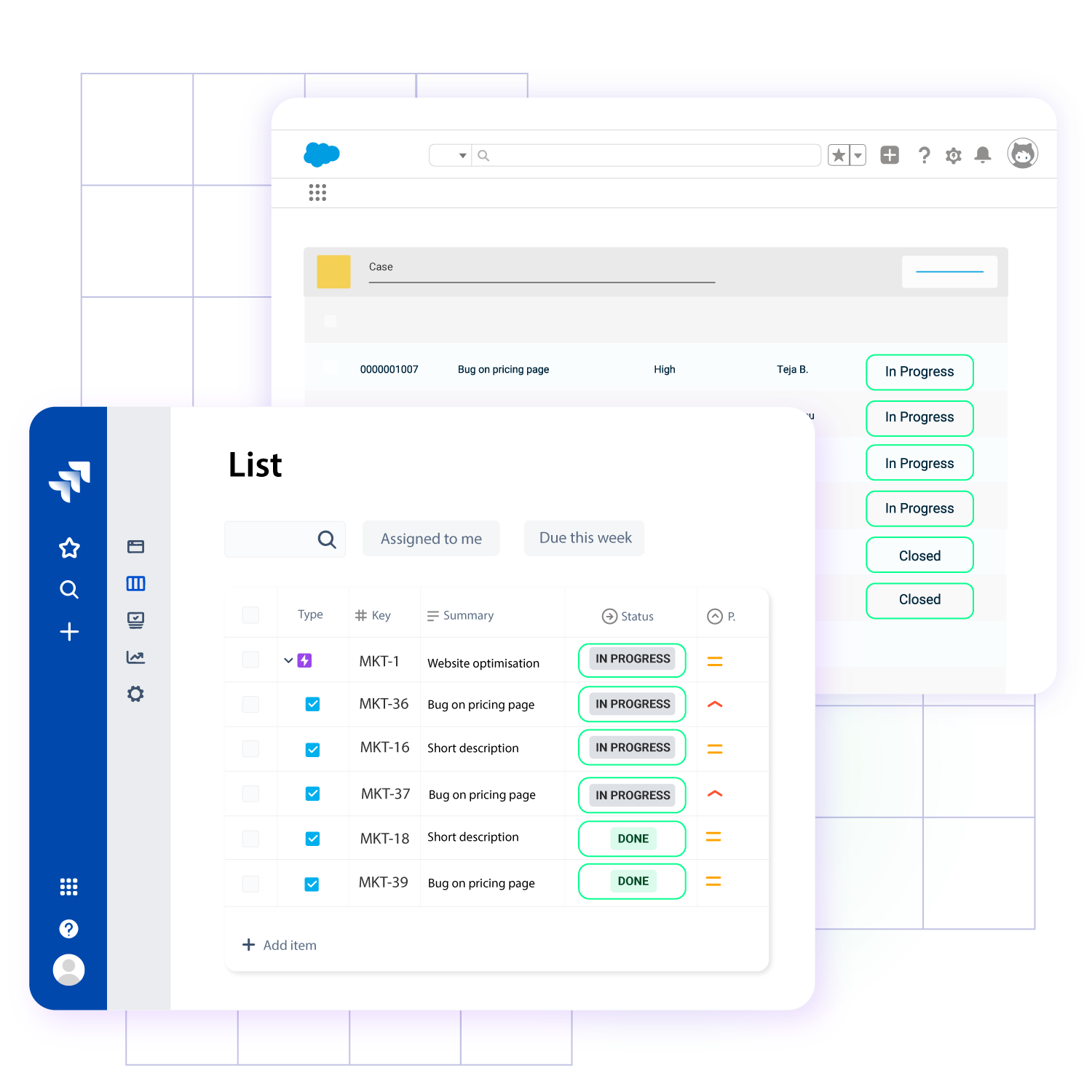
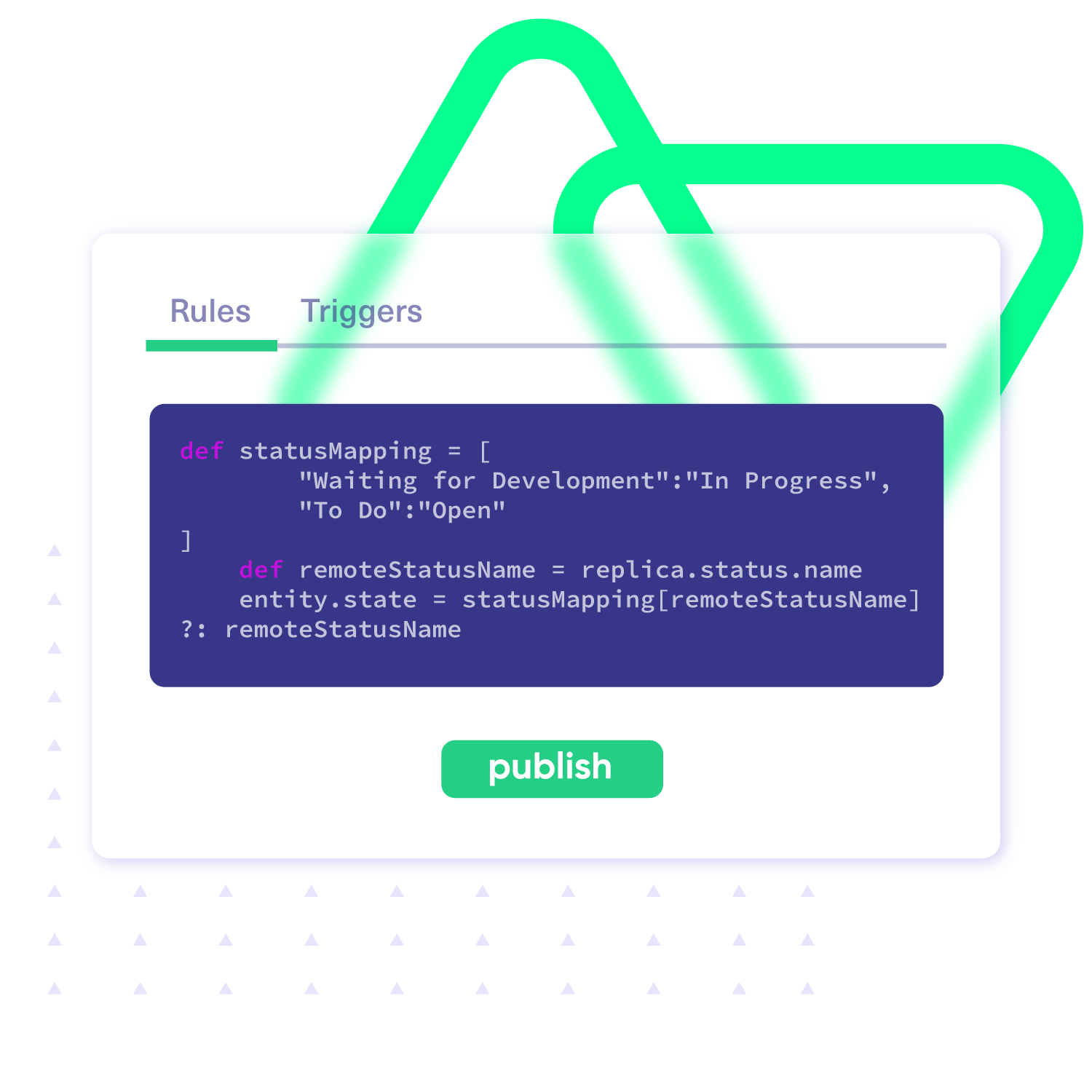
Sync Anything
You can sync any ticket data with Freshdesk integration. The most common entities and fields are listed below.
Tickets
- Summary
- Description
- Label
- Status
- Priority
- Attachments
- Notes
- Custom fields
- Custom keys

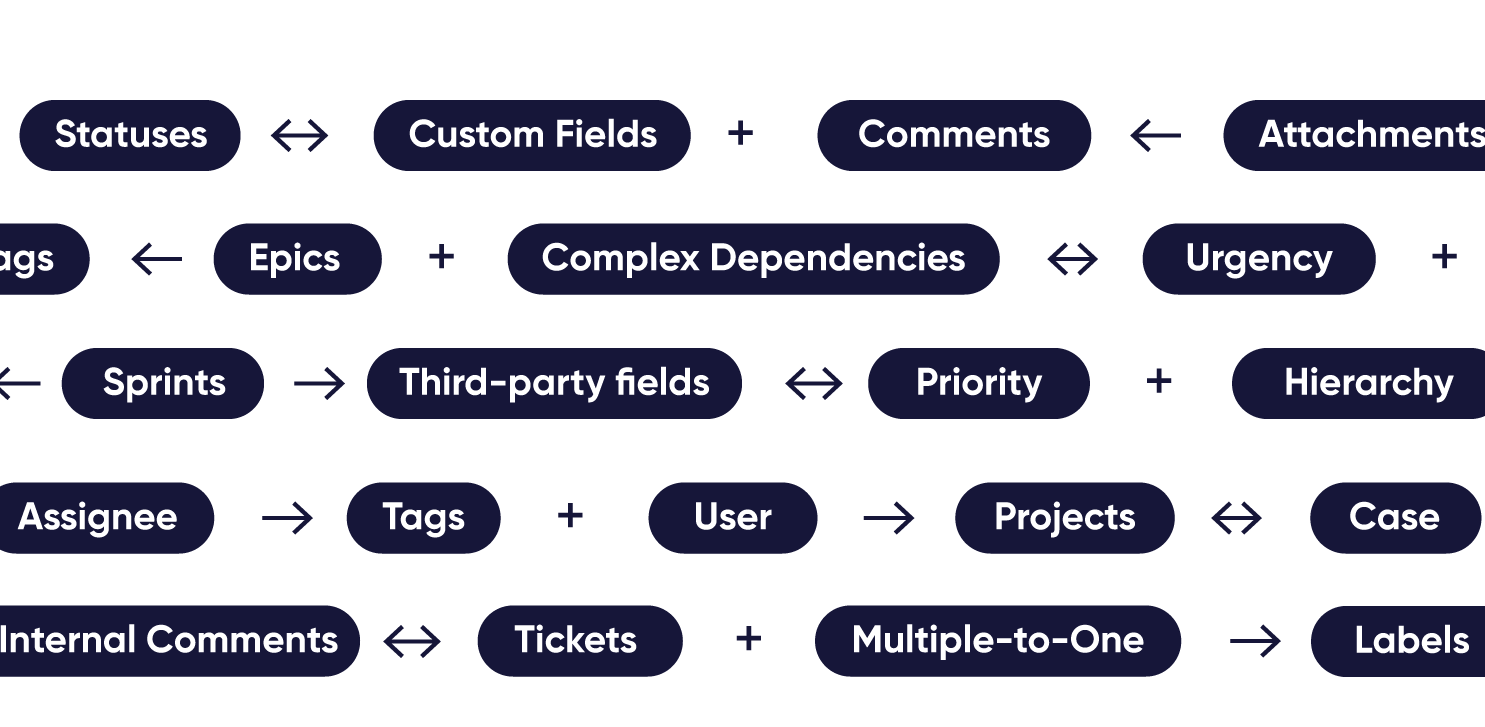
Granular Control Over Synced Data
- Have independent and full control over synced data
- Use simple code to handle custom mappings and sync rules
- Establish conditions and event-specific triggers for automated synchronization.
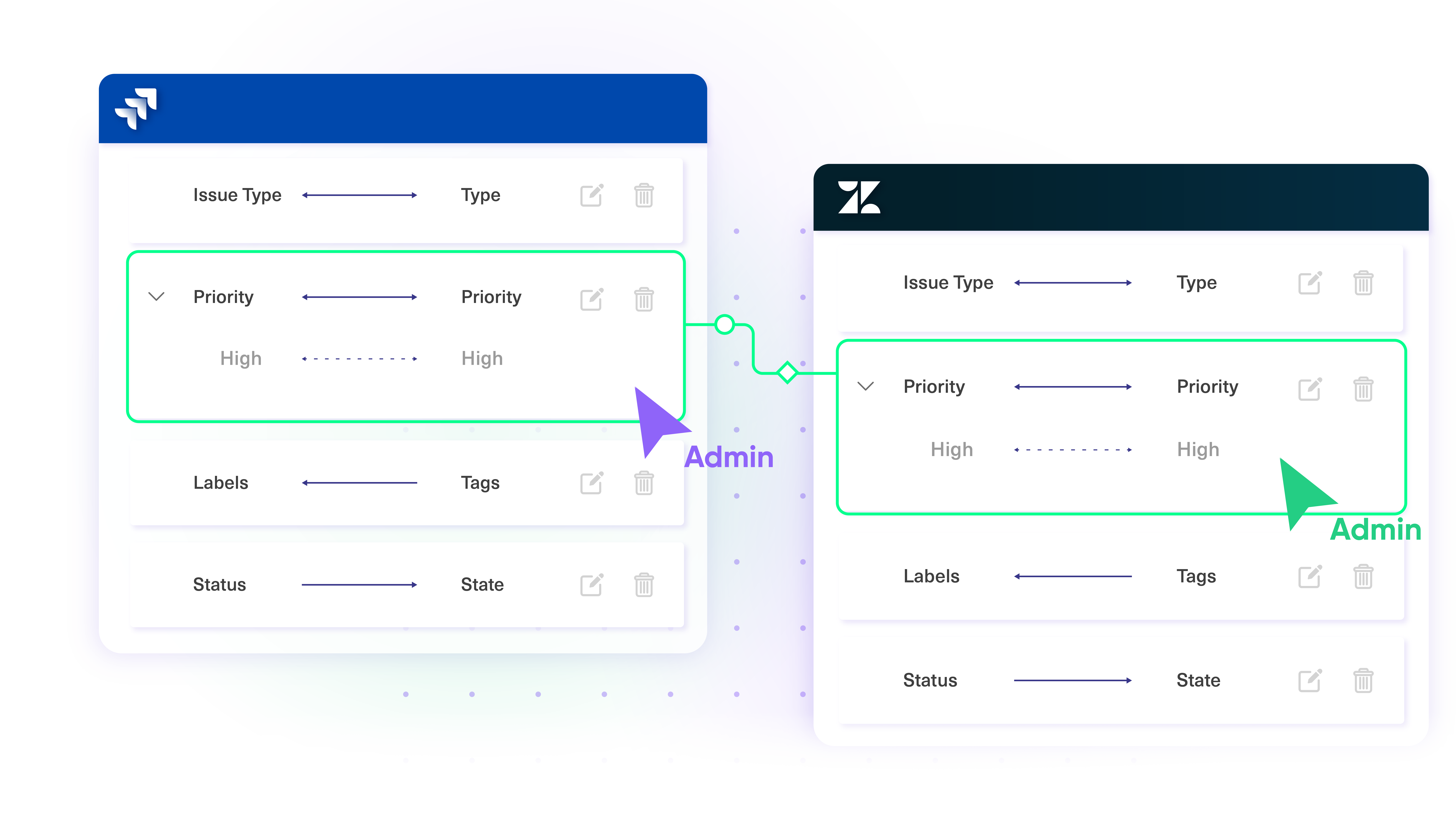

Decentralized Freshdesk Integration
- Independently choose the item fields you want to share and not share.
- Don’t let changes made by the remote side of the integration affect your configuration.
Secure Freshdesk Integration
- Stay protected with airtight security features and infrastructure backed by ISO 27001 certification.
- Safeguard your data under the single-tenant cloud infrastructure and distributed architecture.
- Maintain consistent scalability and flexibility with loosely coupled systems.

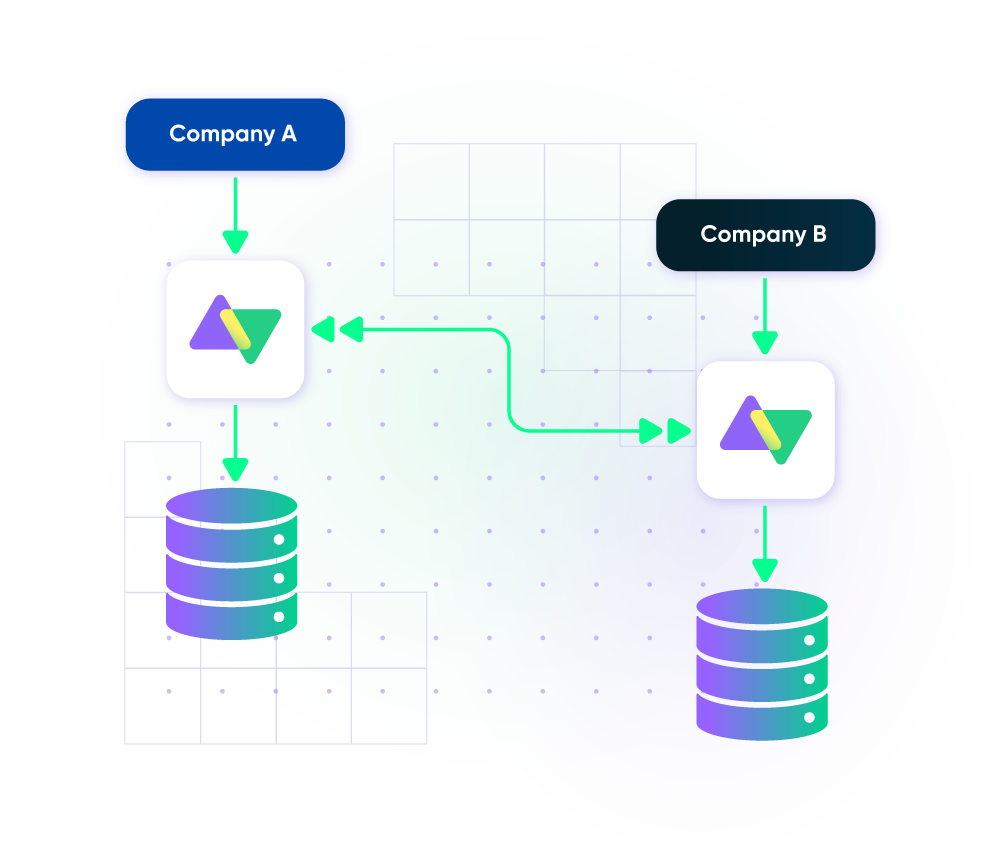
“
The advantage of Exalate’s decentralized architecture is that it’s not like a new learning curve for the customers to get into a new platform and figure out how they need to operate. They can just operate as they normally do, and that makes a huge impact on the overall outcome of security incidents.
Alexander Sinno |

Configure Your Freshdesk Integration in 5 Simple Steps
01
install
Install the Exalate app on all the tools you want to sync. This way, every admin has complete control over their integration.
02
connect
Connect the instances you want to integrate. Choose the no-code set-up or the Script Mode.
03
customize
Configure your sync rules to make sure only the right data is shared.
04
automate
Set various conditions with triggers, for an automatic synchronization.
05
sync
Your tools are connected. Happy syncing!
FAQs
Answers to the most frequently asked questions
Exalate for Freshdesk is based on multiple factors. We recommend you get in touch with our team for a quote. You can book a short call or message us on the chat on this page.
Exalate can sync Freshdesk ticket fields like summary, description, labels, status, priority, attachments, notes, custom fields, custom keys, etc.
It’s also possible to sync fields available via REST APIs using Exalate’s Groovy-based Script mode. It’s always better to discuss your use case with us and explore all the possibilities.
You can also set granular-level custom logic via triggers to automate the sync process while exchanging data between Freshdesk and Jira, for instance.
Sometimes, it’s essential to highlight certain portions of content for better visibility. For instance, making text bold within a note for something that needs extra attention.
With Exalate, you can also maintain text formatting like bold, italic, underlined, text color, divider, local link, external link, unnumbered and numbered lists, etc. between multiple platforms.
Yes, you can use Exalate to set up an end-to-end ITSM integration framework. By connecting different ITSM systems like Zendesk, Jira Service Management, ServiceNow, etc., you can streamline service management workflows and increase efficiency.
System failures and downtimes are inevitable and can affect the synchronization. Exalate handles this by making the whole process asynchronous using transactional queues on both sides. It tracks sync events in the same order as their initiation. So, changes can be applied in the order they were made once the downtime or error is resolved. It has an integrated retry mechanism to resume sync from the point of interruption without manual intervention.
Most cloud deployment models support multi-tenancy where infrastructure is shared to implement a certain functionality. So there’s an increased risk of unauthorized access.
Exalate’s single-tenancy model ensures every instance has its own process space, file system, network, and database completely separated from all other instances.
This model is available for all Exalate cloud deployments, such as Freshdesk, ServiceNow, GitHub, Zendesk, Salesforce, Jira, and Azure DevOps.
Exalate protects the data flowing through your Freshdesk integration using security features such as JWT access tokens, role-based access controls, HTTP (HTTPS), TLS 1.2 and 1.3, and multi-factor authentication. It is also ISO27001:2022 certified. You can find out more about it on the security whitepaper.


















